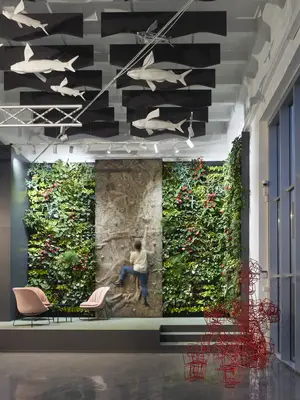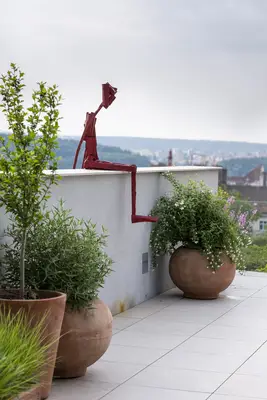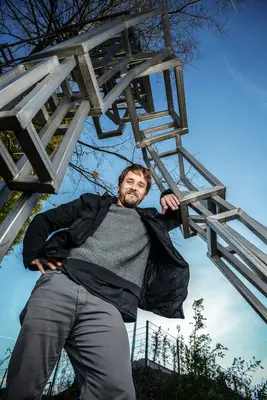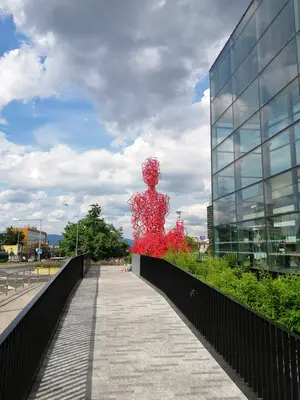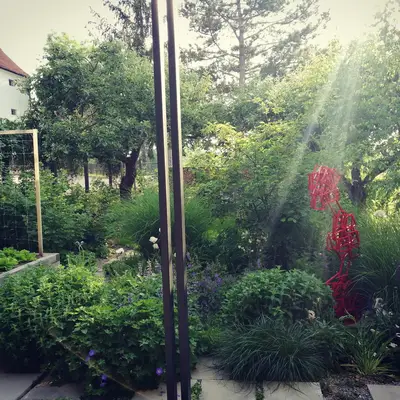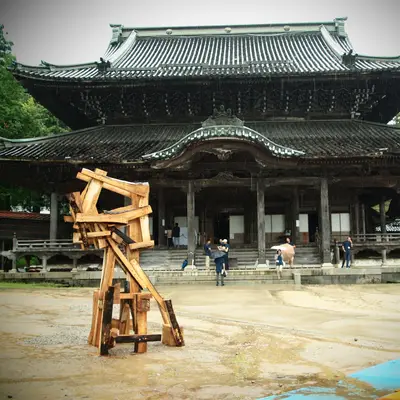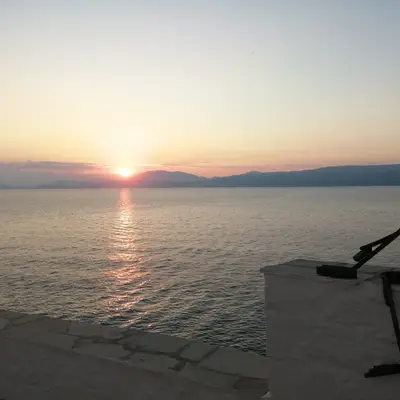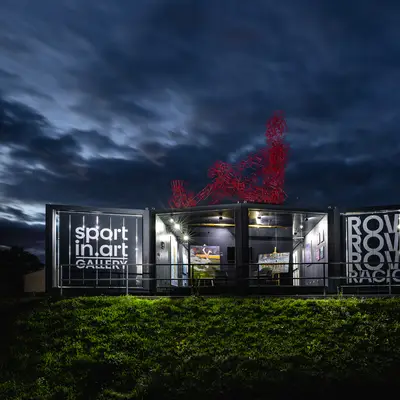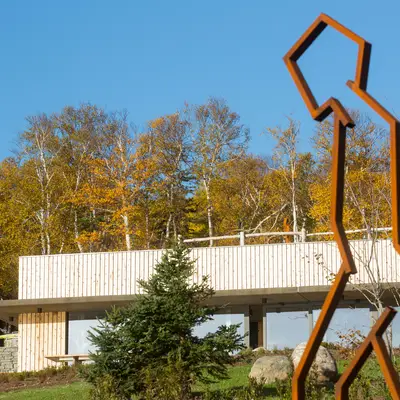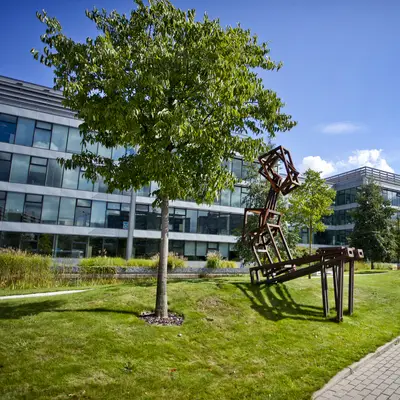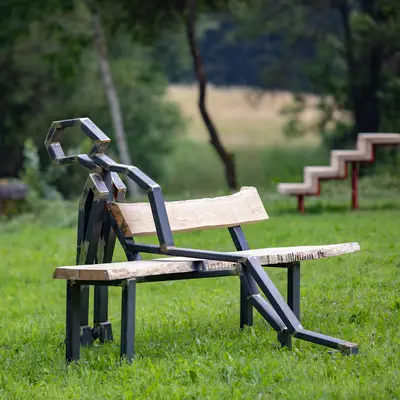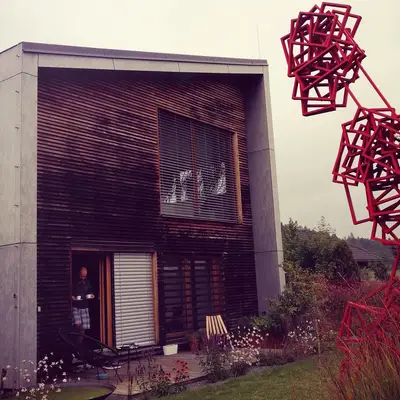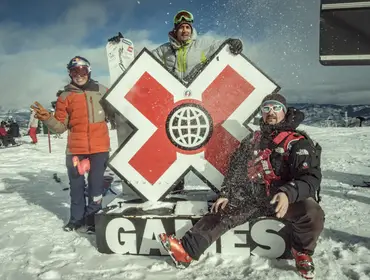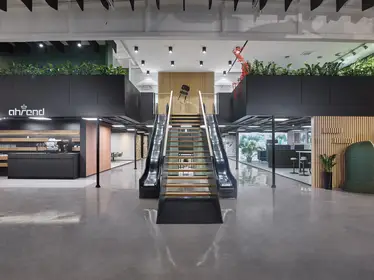Jakub Flejšar: Art has the Power to Transform
Metal geometric figures, sensitively integrated into the environment of the Ahrend Inspiration Centre, have naturally become a part of life in company. What was their journey like from the studio to the new showroom? This was revealed to us by their creator Jakub Flejšar, who Czech sports fans will remember as a competitor on the international snowboard cross scene and coach of Eva Adamczyková (Samková).
How do you elegantly combine the very different lifestyles of an artist and sports person?
It’s not the case that you would hang up the board one day and devote oneself to art. A person must have strength, not just mental, but also physical, so I alternated. Perhaps for a week I was up in the mountains and then I would spend three days on my art. It was more demanding in the winter than in the summer, when I didn’t train so much and I had more time for art. It also depends on whether creativity is required at a given time, or whether it is just necessary to work manually on a project. When a project has already been conceived and designed and it is just a matter of performing your craft, this is different from having to come up with the whole concept. Plus, the creative phase usually comes later, only after you've been physically working on something for a while. It can be done together until a certain age, but I wouldn't be able to do it now. This is one of the reasons why I left elite sport.
You became well-known as coach to former Olympic champion Eva Adamczyková. What was this cooperation like and how do you remember this period?
It was a pleasure to work with Eva. Neither of us had the need to collect Olympic medals, we did sport with our hearts. After the Olympics, it became more difficult, logically there were a lot of obligations that I honestly don't like that much, and suddenly there was less heart in it as a result of all those obligations. After we ended our cooperation we remained friends and we are always in contact. After all, we spent seventy per cent of our time together, which you can't just erase. We still discuss her performances together and see each other as friends. I think that at a certain point, I was not only a coach and a friend for her, but also something like a parent.
In the end though you gave preference to art…
At a certain stage, when you no longer have so much energy, you find that you are not just a body, you also have a soul that requires a different stimulus than the physical side. Exercise has for me transformed into pure joy and relaxation. Nevertheless, it is great that I still have the opportunity to be a part of the world of snowboarding and to pass on my experience, especially to children who are just starting out with this discipline. I organise camps for them, where I try to guide them in such a way that they avoid bad habits and above all gain a love for sports.
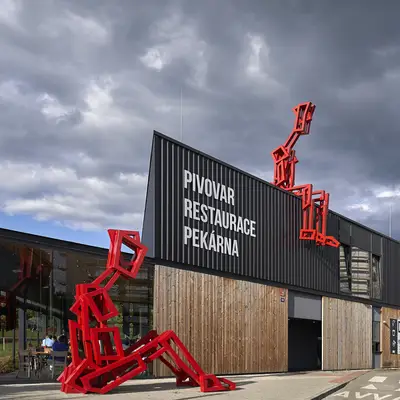
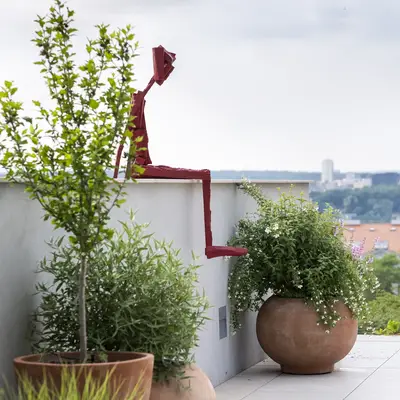
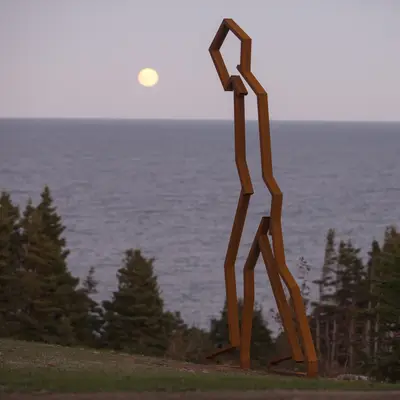
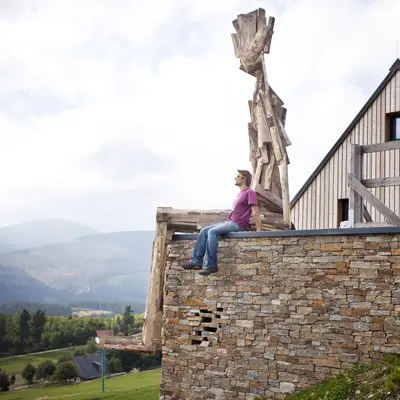
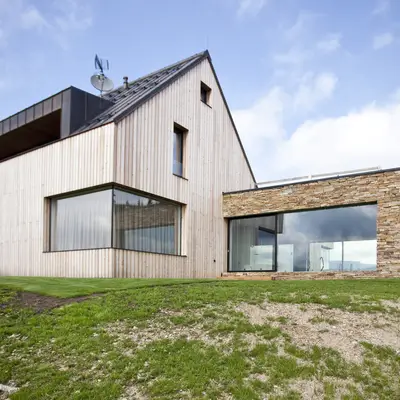
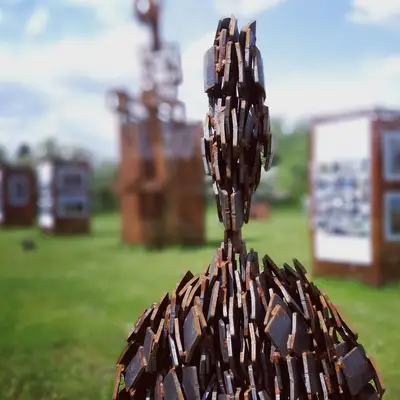
Your works at the Ahrend Inspiration Centre Prague are juxtaposed with works by artists such as Jiří Sopko, Michael Rittstein, Pavel Roučka and David Černý. How do you feel in their company?
It’s perfectly natural. They are long-term friends and I actually grew up with some of them. For me art is also about a certain empathy and the fact that we are friends and that we have exhibited together many times before means it makes sense to me. The art brought to this space by enlightened collector, Jiří Kejval, has in its time affected us all in the same way. I’m not referring just to the art community, but also the people who work here. Art has the power to transform. Thanks to this, I see a similarly positive attitude here and I always look forward to visiting.
Was the installation custom made for the new Ahrend inspiration centre?
To create a work specifically for a given space is always an advantage for a sculptor. Even though it can happen that you visit a sculptor’s studio and select something that fits perfectly into your interior. Nevertheless, it’s normally the opposite that’s works. The Ahrend Inspiration Centre is large and airy, so here the path from the space to the sculpture was quite clear.
What idea did you let yourself be guided in creating and installing this work?
It is always good to know the history of a specific location and let oneself be inspired, maybe even by relatively subtle elements that we then subconsciously work with and this has an influence on what we create. In this case humour also played a role. One of the giant figures had its tongue stuck out and gave the impression it was making fun of the whole process. Its angularity and the accentuation of certain parts of the body make it a kind of praying mantis robot, but it does not have a scary effect on people. Thanks to the number of apertures and openings offering a through-view, there is really a lot of freedom in it. I had already created the second figure, sitting on the ground next to the main entrance. It suited my space and fit into it quite naturally. In addition, it nicely accompanied the robot supervisor.
The supervisor robot has a rather specific location - it sits on the walkway by the stairs leading down from the first floor. How did you get to this location?
It is a kind of manager, controlling and keeping an eye on everything that is going on. It has a strategic position, as above the staircase it has a good unobstructed view. People will slowly get used to it and accept it as a natural part of life at Ahrend. I am pleased that whenever I return, I like it that bit more.
Why do you not name the figures?
I don't need to label them, they speak for themselves. Most of the time, the new owners name them themselves. And that's the magic. They create a specific relationship with them and the sculptures thus become inanimate companions.
You use metal and wood in your work. What was the decisive factor in material selection in this case?
I like to use materials in unadulterated form. If you paint wood, you are essentially altering it. In addition, at the Ahrend Inspiration Centre there is already a dominant wall of wood, so I needed a contrast to this that was offered by metal. It needed paint, but less bulk than is usual when you compose with wood. The metal composition will hold itself in place. I chose red partly because it is a standard colour for Ahrend, but also because it complements the green ever-present vegetation. Red is also good at displaying light and shade, which was important for me because of lines and depicting the whole figure.
Is it common for companies to support contemporary Czech art, or is Ahrend an exception?
Ahrend was one of the first companies that started to cooperate with artists after the revolution. Although some people were sceptical about this, it was quickly understood as a mutually beneficial relationship. Other companies then started to copy this model. Jiří Kejval came with the initial impulse in this direction, and his progressive approach was unique. At the current time more companies and organisations are attempting similar activities, and events combining sport with art, such as the Jizerská 50 and Sokol. It is, however, the same group of people who take on more.
Do you have any other joint mission with Ahrend?
We have been thinking about one figure for the entrance hall which will sway oddly on the stairs. Otherwise, there are just details that I sometimes add to the space. However, our cooperation will certainly not end here.
Where can people see examples of your work?
Of my older installations you could take a look at the collection at the Botanicus gardens in Lysá nad Labem. I also regularly work on projects in cooperation with the Sculpture Line festival and with Flera Gallery, which leads exhibitions across the nation.
Over the next few weeks, you will have a dedicated exhibition. Where and when will it take place?
The next exhibition will take place in February 2024 at Mánes, where in the small hall it will be linked to Pavel Roučka. The exhibition is titled “Mezi hmotou a stínem” (Between matter and shadow) and runs from 8th February. Everyone is cordially invited.
And any plans for the future?
I will have one huge seated figure in Most, where in the Olympic Park we will link the worlds of art and sport. I am also working on a large installation for the gallery EPO1, which for a change will lead me to the world of cycling, which I am really looking forward to. Otherwise I plan to live my life and let myself be continually surprised.
Jakub Flejšar exhibition invitation
flejsar_pozvanka
Jakub Flejšar
Art or sport? Jakub Flejšar need have to choose between them. He has mastered both branches with ease. His creative work is dominated by statues. They are giant figures made from metal geometric patterns, allowing air and lines of sight to flow through them. His work is clearly inspired by nature. He is a graduate of the Academy of Arts, Architecture and Design, a former Czech snowboard cross team member and former coach to Olympic champion Eva Adamczyková (Samková).
